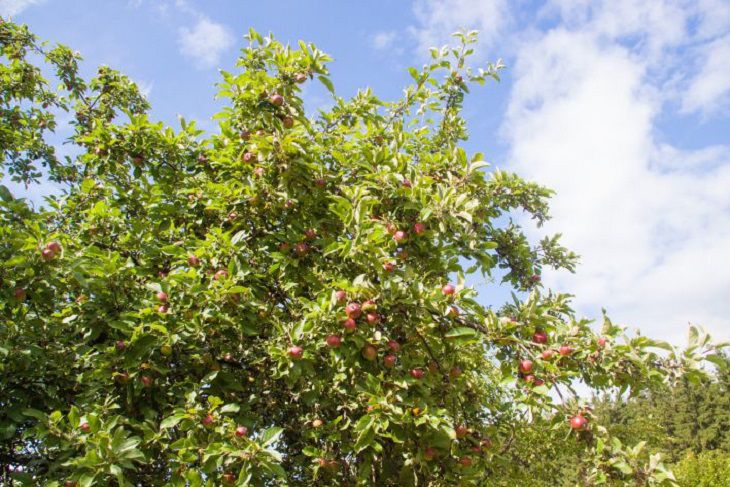July is midsummer, a time when gardeners can enjoy the fruits of their labor. At this time, the question arises: is it permissible to prune an apple tree?
The answer is not as clear-cut as it might seem at first glance.
There are nuances and features that should be taken into account in order not to harm the tree and get a good harvest.
Benefits of Summer Pruning
Summer pruning, including in July, has its advantages. The main advantage is the ability to control the growth of the tree and the formation of the crown.
At this time, the tree is actively growing, and it is possible to determine exactly which branches need to be removed to improve illumination and ventilation of the crown. This promotes better ripening of fruits and reduces the risk of diseases.

In addition, pruning in July helps control pests and diseases. Removing diseased and damaged branches reduces the risk of spreading infections.
Summer pruning also helps strengthen branches that will better withstand winter winds and snow.
Summer pruning technique
It is important to remember that summer pruning is different from spring and autumn pruning.
In July, it is recommended to remove young shoots that thicken the crown, as well as diseased and damaged branches.
At the same time, it is necessary to leave a sufficient number of leaves on the tree, as they provide photosynthesis and nutrition for the tree.
Proper pruning involves carefully removing branches at an angle to minimize damage to the wood.
Using sharp and clean tools is essential to prevent infection. It is also recommended to prune in dry and sunny weather to help wounds heal faster.
Impact on yield
Summer pruning has a direct impact on the quality and quantity of the harvest.
Removing excess shoots and branches improves access of light to the fruits, which promotes their better ripening and increase in size.
It also reduces the load on the tree, allowing it to devote more resources to developing the remaining fruits.
However, it is worth considering that too intensive pruning can lead to a decrease in the harvest this year. Therefore, it is important to maintain a balance and not get carried away with excessive removal of branches.
It is better to carry out pruning gradually, assessing the condition of the tree and its reactions.
Peculiarities of care after pruning
After pruning, the tree needs special care. It is important to monitor the condition of the wound surfaces, treat them with garden pitch or special means to prevent infection.
It is also necessary to provide the tree with sufficient moisture, especially in hot weather, so that it can quickly recover from stress.
Fertilizing the tree after pruning also plays an important role. Fertilizing with high potassium and phosphorus content helps strengthen the root system and improves the overall condition of the tree.
This helps the apple tree recover faster and prepare for winter.
Possible risks and precautions
Despite the benefits, summer pruning carries certain risks. One of them is the possibility of infection through wound surfaces, especially in high humidity conditions.
Therefore, it is important to prune in dry weather and use disinfected tools.
Another risk is excessive pruning, which can weaken the tree and reduce its resistance to disease and pests.
Therefore, it is necessary to carefully assess the condition of the tree and prune it moderately, leaving enough foliage for normal functioning.
Earlier we talked about an important procedure for tomatoes in mid-July.








